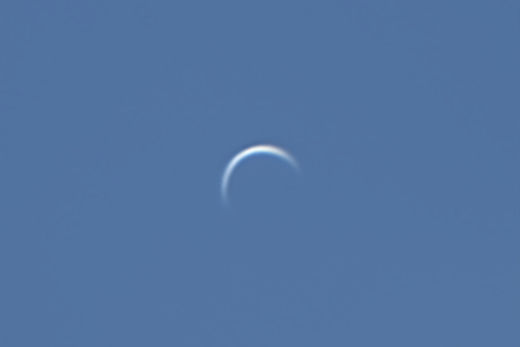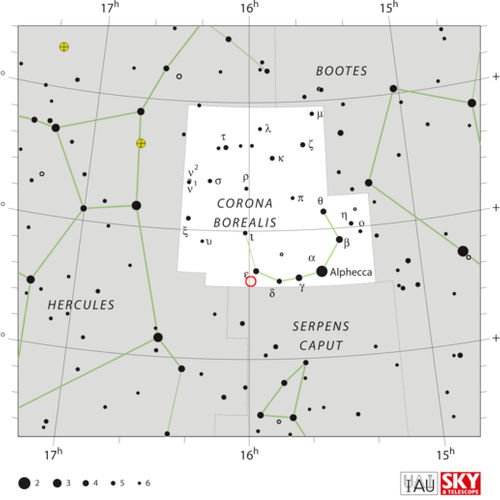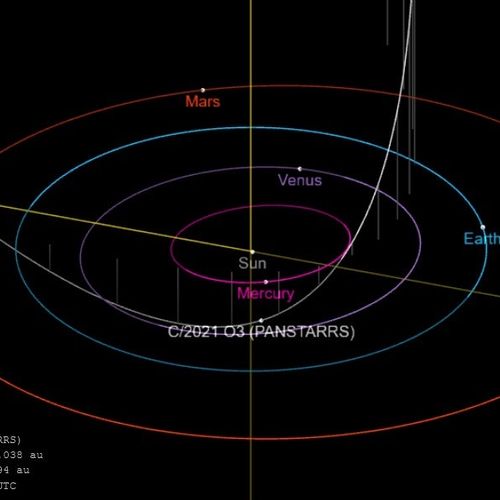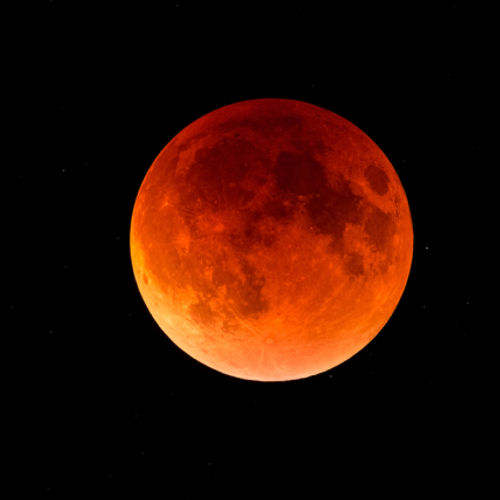
| Added | Tue, 30/10/2018 |
| Источники | |
| Дата публикации | Mon, 29/10/2018
|
| Версии |
On October 26, the lower connection of Venus and the Sun. Amateur astronomers around the world are very closely watching Venus, because at this time the second planet from the Sun passes almost directly between the Sun and Earth, turning to us its night side. At the same time in the daytime sky shines only hammer — sunlight scatters in the thin Crescent around the edge of its atmosphere. This can be seen on photos taken by Stephen Bellavia in new York.
According to Bellavia, Venus lit only by 0.6% thin Crescent will be visible until June 2020. He took this photo with a telescope Celestron C6.
When Venus is very close to the Sun, the Crescent can be closed to form a circle.
Now, perhaps, the most beautiful time to observe Venus, but also the most dangerous. The glare of the Sun, reinforced by the telescope, can harm vision, if you observe Venus through the eyepiece.
Anthony J. Cook of the Griffith Observatory gave some tips for observations:
"I have watched Venus in the mix, but only from the shadows of the building, or by adding a mask to the front end of the telescope, to completely shade the optics from direct sun light. It's hard to do with a refractor or catadioptric because the optics located in the front end of the pipe. At the Griffith Observatory I turn the telescope dome, to make sure that the lens of the telescope is shaded from direct sunlight, however, this means that the lens will be partially blocked, when it will be sent to Venus. On a Newtonian telescope, I add a curved cardboard mask on the front end of the tube to darken the main mirror."
Translated by «Yandex.Translator»
© Steven Bellavia
Translated by «Yandex.Translator»
Новости со схожими версиями
Log in or register to post comments









